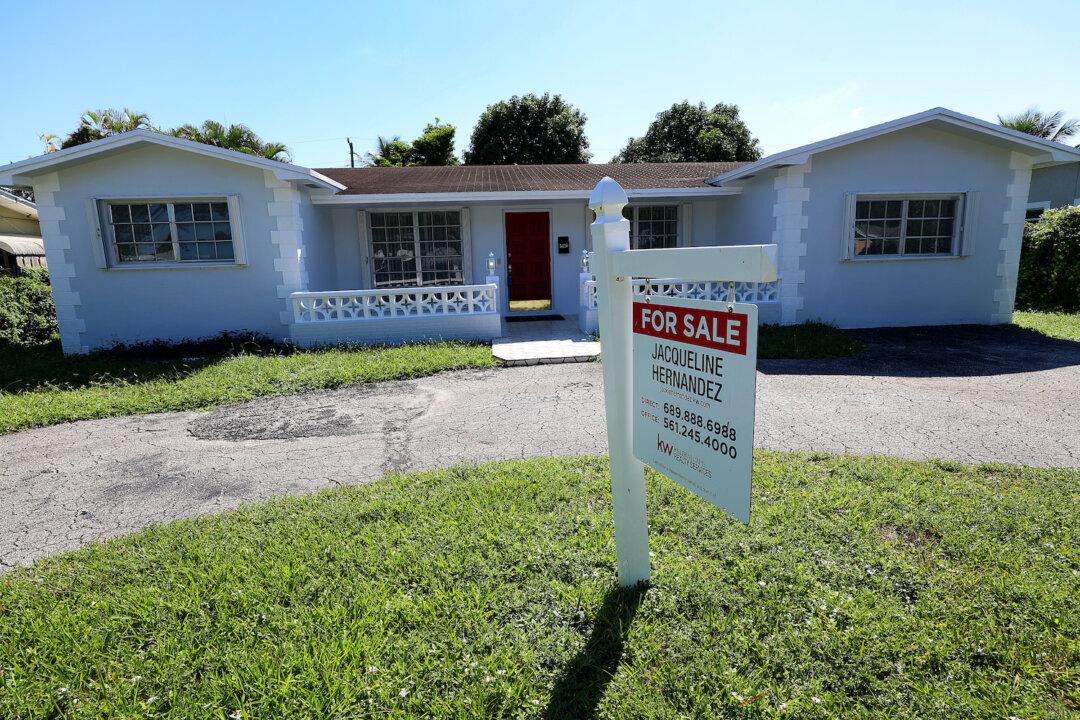Those expecting “empty-nest” households to flood the inventory-starved housing market like a “silver tsunami” and help make homes more affordable in the near future will be disappointed, according to new research and the opinions of some industry analysts.
According to online real estate marketplace Zillow, the term empty nesters refers to those ages 55 and older living with no children and with at least two extra bedrooms who are remaining in place for at least a decade.





